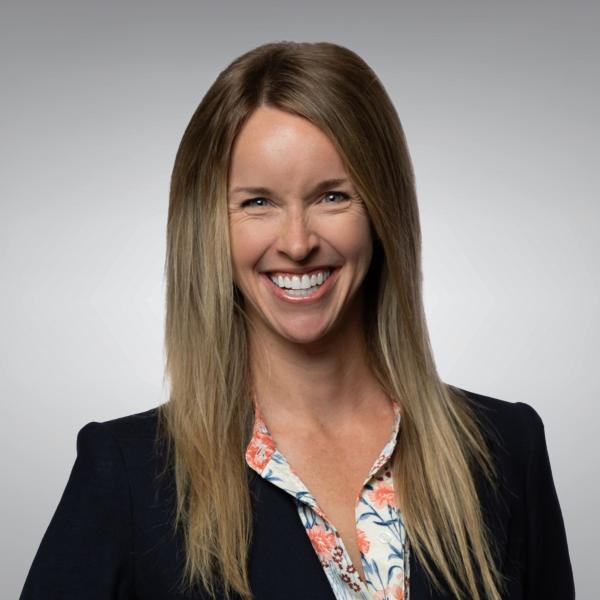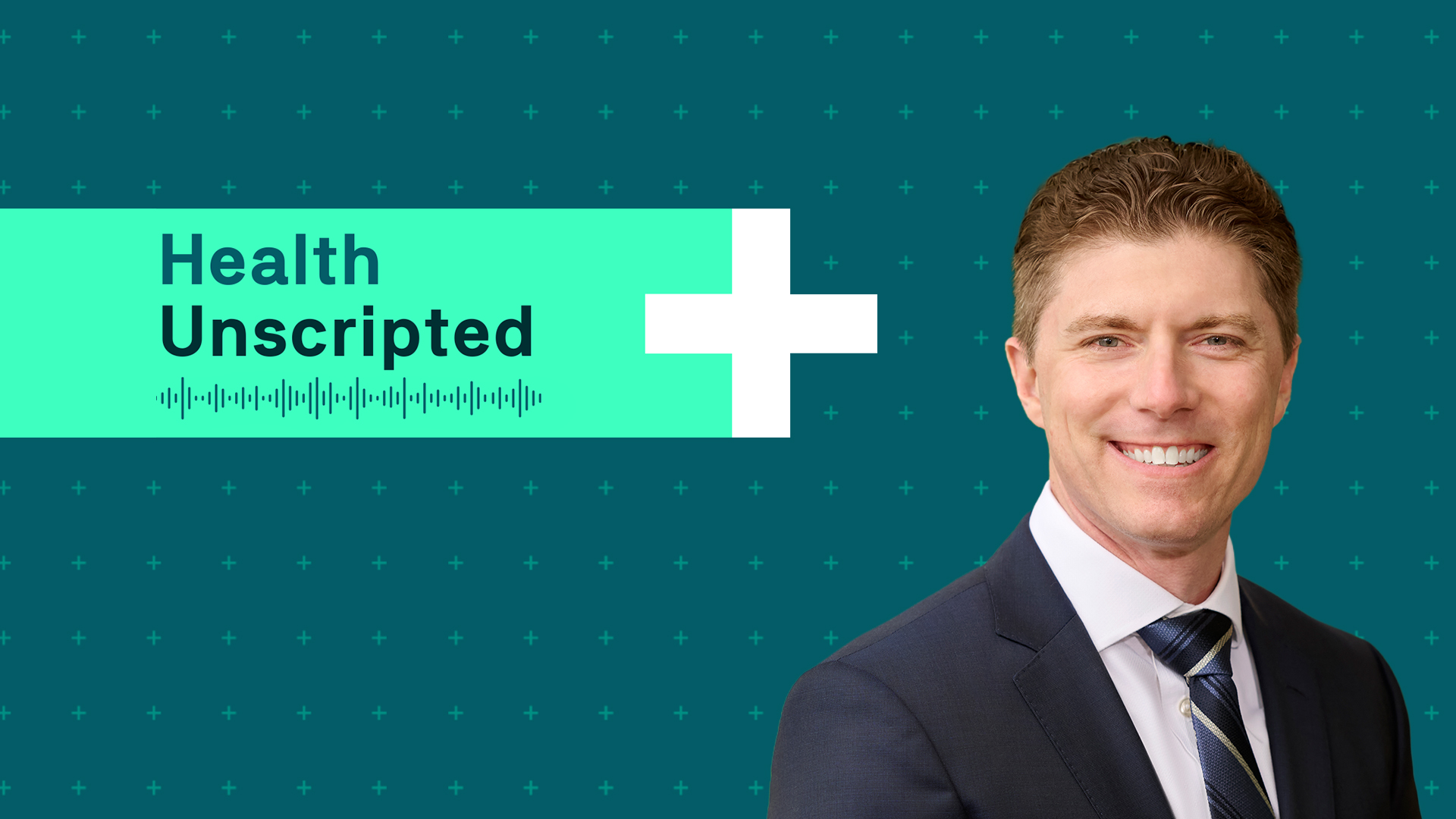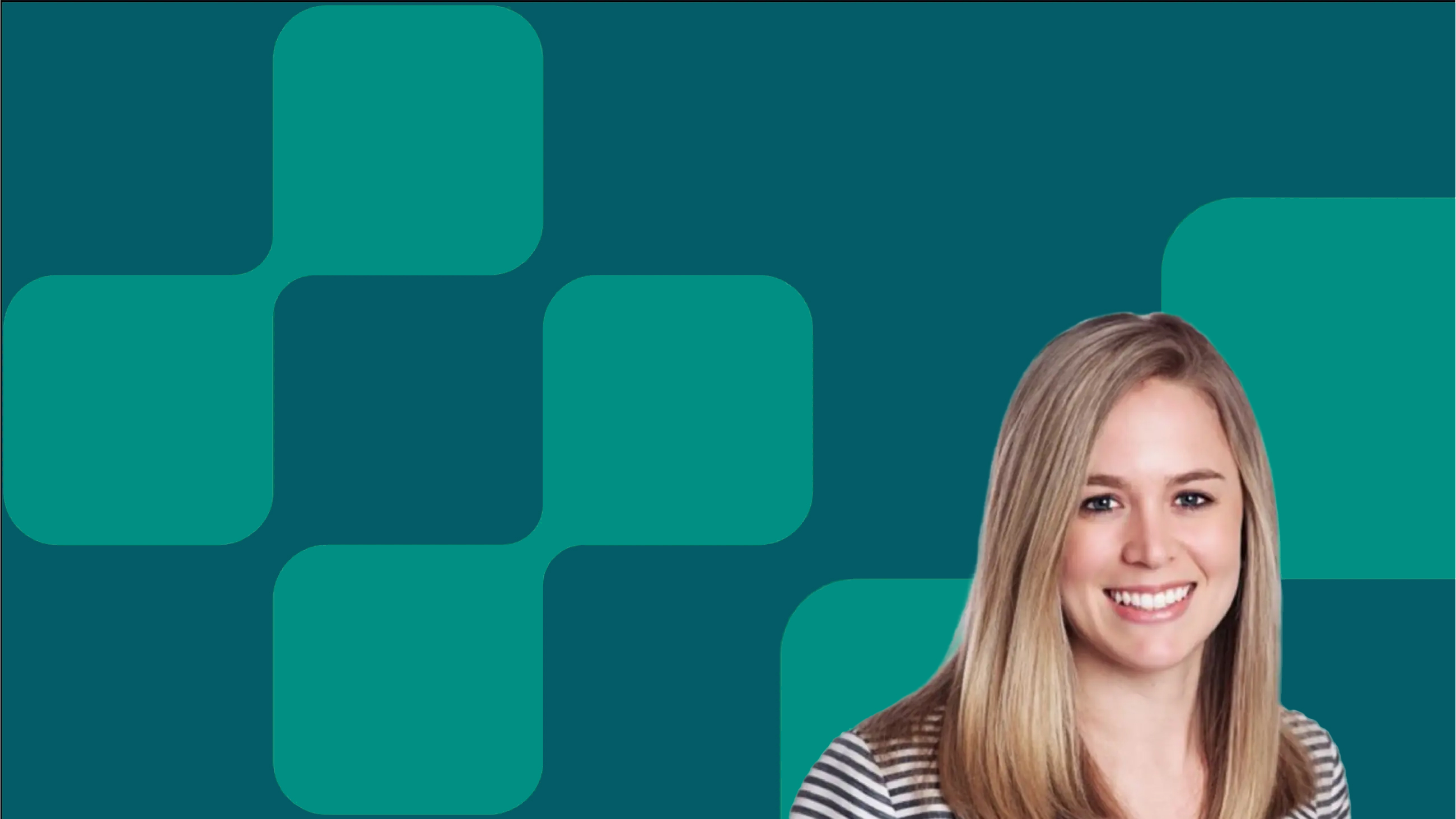Managing specialty drug spend is at the top of the list of plan sponsors’ priorities, and for good reason. Although specialty drugs are used by only 2% of the U.S. population, they accounted for 50.8% of all spending on prescription drugs in 2020.
Without proper management strategies in place, plan sponsors risk having their budgets overwhelmed by just a few high-cost patients. It’s a gamble no employer or health plan wants to take, and the odds are getting worse: More high-cost medications, like gene therapies, are expected to enter the market in the next several years.
Over the past decade, manufacturers have offered copay programs targeted at getting patients started and staying on selected specialty drugs. Manufacturers invest heavily into these programs, which help patients to stay adherent while providing opportunities for members to circumvent payer plan design. In 2016, we identified the opportunity to build and pilot payer copay solutions, which allow members to leverage copay programs while helping to drive down plan spend on high-cost specialty medications.
By expanding the initial suite of copay solutions and working with SaveOnSP, Express Scripts was able to help create unique savings opportunities that maximize the use of manufacturer assistance funds. In 2020, plans that participated in these copay assistance solutions experienced a specialty trend of -7.2%, while nonparticipating plans experienced an 8.7% specialty trend.
Most importantly, patients whose plans enrolled in the SaveOnSP program pay nothing out of pocket for included medications, even after the manufacturers’ copay assistance has been exhausted, once they meet any deductibles included in their plan design.
How the program works
While we believe lowering the cost of drugs to increase access for patients is the best thing pharmaceutical manufacturers could do, copay assistance programs remain the preferred choice for drug makers.
Plans that participate in SaveOnSP classify certain medications as "non-essential health benefits" (NEHBs) in alignment with the Affordable Care Act (ACA). Despite the terminology, this classification does not speak to how critical a medication is. However, the ACA requires coverage of a specific number of medications in each therapy class. Anything beyond that can be classified as NEHB, which does not impact the patient’s ability to access the medication but does open up the opportunity to maximize copay assistance to benefit the plan and patients.
Patient education and outreach are essential components of SaveOnSP. Members scheduled to be enrolled in the program receive an informational letter 60 days before the effective date, followed by phone calls and, if needed, a follow-up letter. As a result of this process, the vast majority of patients experience no disruption – and each enrolled patient will get these costly specialty medications at no cost to them.
Two issues, one solution for both
Especially today, with a robust pipeline of high-cost medications, plan sponsors are juggling the competing needs of affordability and member access. Copay assistance programs give plans the flexibility and freedom to choose both: Sponsors can continue to get more value out of their plan, while members have affordable access to the medications they need.



